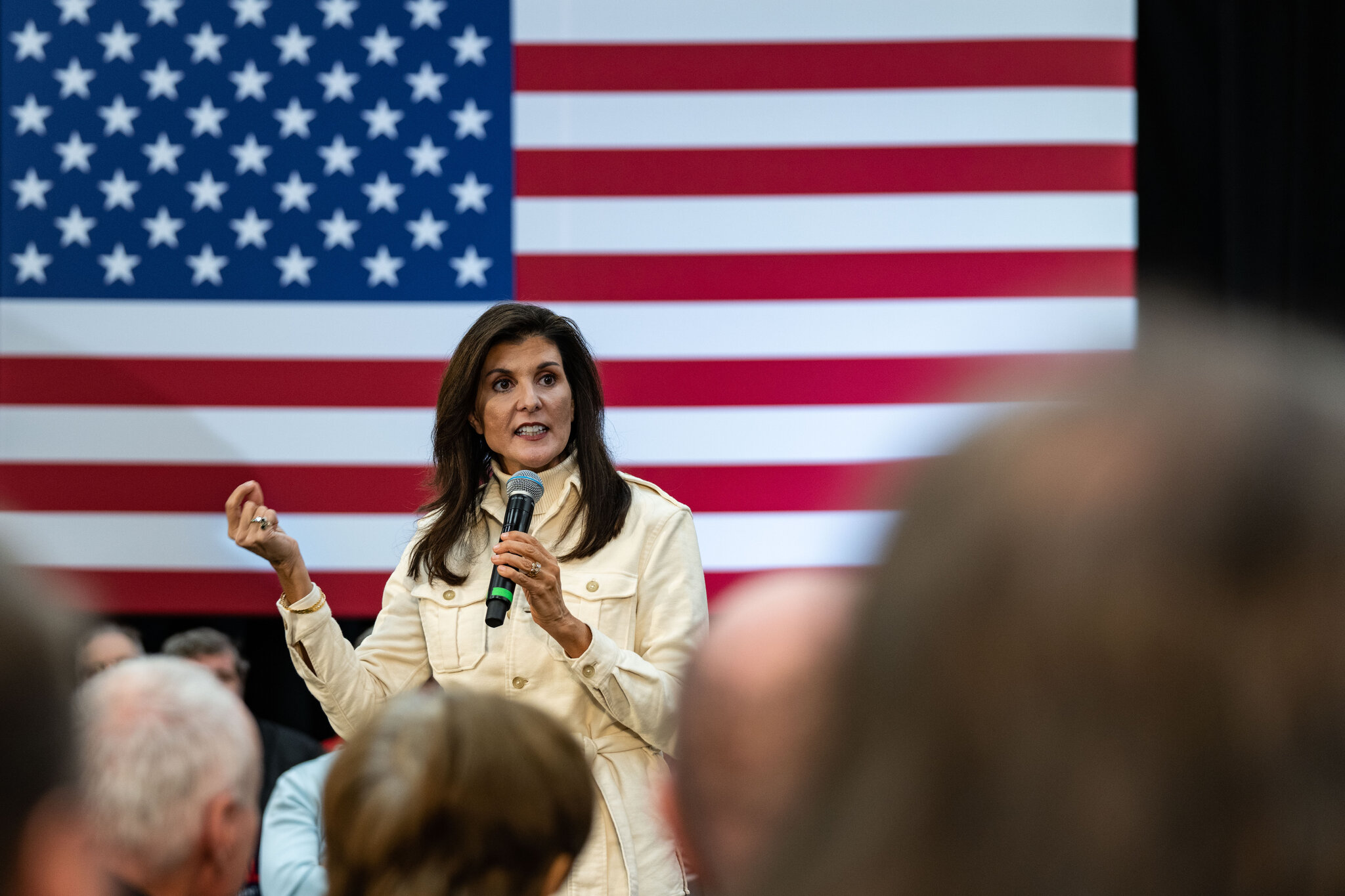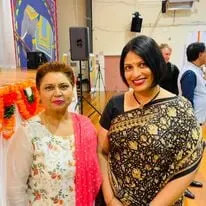A report in americanbazaaronline.com quoting the NYT story points out that despite being one of the largest immigrant groups in the United States, Americans of Indian descent were barely represented in politics ten years ago — with a single Congressman and fewer than 10 Indian Americans serving in state legislature
A range of factors, such as the relative wealth of Indian immigrants and high education levels, has propelled a rapid political ascent for the community in just a decade, according to the New York Times.
A report in americanbazaaronline.com quoting the NYT story points out that despite being one of the largest immigrant groups in the United States, Americans of Indian descent were barely represented in politics ten years ago — with a single Congressman and fewer than 10 Indian Americans serving in state legislature.
Today, five Indian Americans are members of the US House. Nearly 50 are in state legislatures. Vice President Kamala Harris is Indian American and two of them are running for President — Nikki Haley and Vivek Ramaswamy, both Republican, it noted. In parts of the government, “we’ve gone literally from having no one to getting close to parity,” Neil Makhija, Executive Director of Impact, an Indian American advocacy group, told the Times.
The influential New York Times cited activists, analysts, and current and former elected officials, including four of the five Indian Americans in Congress, to describe an array of forces that have bolstered the political influence of Indian Americans. “A range of factors, such as the relative wealth of Indian immigrants and high education levels, has propelled a rapid political ascent for the second and third generations,” the Times said.
Advocacy groups — including Impact and the AAPI Victory Fund — have mobilized to recruit and support them, and to direct politicians’ attention to the electoral heft of Indian Americans, whose populations in states such as Georgia, Pennsylvania and Texas are large enough to help sway local, state and federal races, it said. “It’s really all working in tandem,” Raj Goyle, a former state lawmaker in Kansas who co-founded Impact, was quoted as saying. “There’s a natural trend, society is more accepting, and there is deliberate political strategy to make it happen.”
“Within the Indian American community, political involvement wasn’t really a high priority, because I think people were much more focused on establishing themselves economically and supporting their community endeavors,” Raja Krishnamoorthi, House member from Illinois told the Times. “I think that once they started seeing people like us getting elected and seeing why it mattered, then political involvement became a part of their civic hygiene.”
Notably, the increase in Indian American representation is not centered on districts where Indian Americans are a majority, the Times said. Pramila Jayapal represents a Seattle-based district that is mostly white. Shri Thanedar represents a district in and around Detroit, a majority-Black city, and defeated eight Black candidates in a Democratic primary last year, the newspaper noted.
-
In a 2020 study, nearly 60% of Indian Americans did say they would be open to voting for an Indian American candidate “regardless of their party affiliation.”
-
“Indian Americans really want to see more Indian Americans elected to office, and in the survey that we conducted, that was true even if it meant someone from another party,” said Sadhwani, one of the 2020 study’s authors
-
“My sense is that there will be a lot of excitement amongst Indian Americans to see Nikki Haley stepping into this role.”
“This is quite a different kind of phenomenon than what we often are seeing from Latino and Black representation,” Sara Sadhwani, an Assistant Professor of politics at Pomona College in Southern California and a senior researcher at AAPI Data, a group that provides information about Asian Americans was quoted as saying. “It means they’re pulling a coalition of support behind them.” She and Karthick Ramakrishnan, a professor of public policy at the University of California, Riverside, and founder of AAPI Data, pointed to characteristics of Indian American communities that may have eased their movement into politics.
Immigrants from India are often highly educated and, because of the legacy of British colonization, often speak English, “which lowers barriers to civic engagement,” Ramakrishnan told the Times. India is also a democracy, which Ramakrishnan’s research has shown means Indian Americans are more likely to engage in the American democratic system than immigrants from autocratic countries.
Indian American voters are overwhelmingly Democratic: 74% voted for Joe Biden in the 2020 presidential race, more than voters of other Asian backgrounds, Times noted citing a survey by AAPI Data, APIAVote and Asian Americans Advancing Justice.
In primaries, that means fewer Indian American voters for Republicans to draw on. In general elections, it makes it harder for Republicans to tap into a base excited to promote its own representation, it said.
In a 2020 study, nearly 60% of Indian Americans did say they would be open to voting for an Indian American candidate “regardless of their party affiliation.”
“Indian Americans really want to see more Indian Americans elected to office, and in the survey that we conducted, that was true even if it meant someone from another party,” said Sadhwani, one of the 2020 study’s authors. “My sense is that there will be a lot of excitement amongst Indian Americans to see Nikki Haley stepping into this role.”
The Times cited experts and politicians as saying support for an easier immigration process, and opposition to nativism and xenophobia, were major factors in Indian Americans’ political preferences. Makhija said climate change and other scientific issues resonated, too. “Ironically, the very increase in representation of which Haley is part could make her ethnicity less compelling to voters not convinced by her policies,” the Times suggested.
“I do think that the more we have diversity, the more the actual ideological views will be paramount,” Jayapal was quoted as saying.
***************************************************************
Readers
These are extraordinary times. All of us have to rely on high-impact, trustworthy journalism. And this is especially true of the Indian Diaspora. Members of the Indian community overseas cannot be fed with inaccurate news.
Pravasi Samwad is a venture that has no shareholders. It is the result of an impassioned initiative of a handful of Indian journalists spread around the world. We have taken the small step forward with the pledge to provide news with accuracy, free from political and commercial influence. Our aim is to keep you, our readers, informed about developments at ‘home’ and across the world that affect you.
Please help us to keep our journalism independent and free.
In these difficult times, to run a news website requires finances. While every contribution, big or small, will makes a difference, we request our readers to put us in touch with advertisers worldwide. It will be a great help.
For more information: pravasisamwad00@gmail.com








